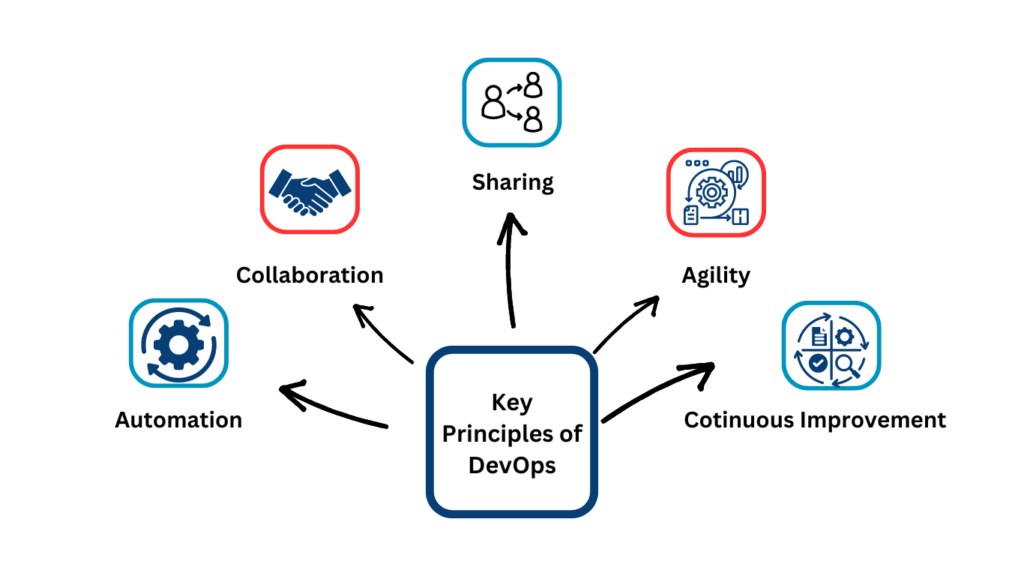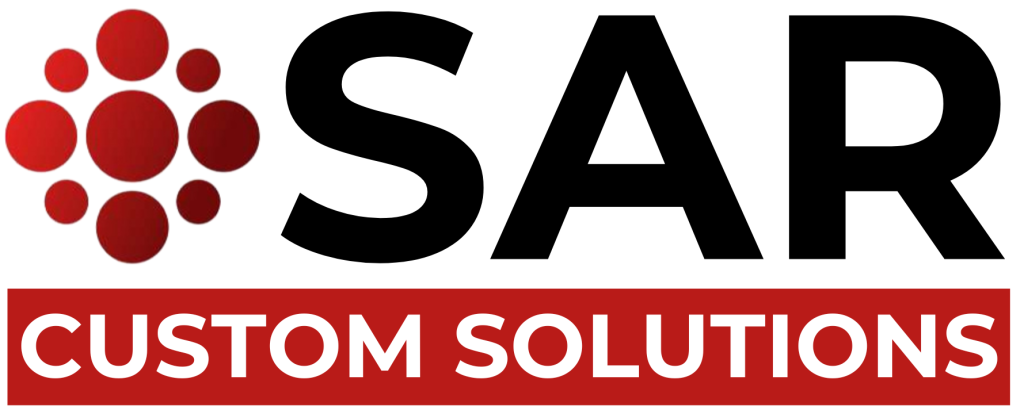DevOps & Continuous Integration
Our Services > Page
DevOps and Continuous Integration: Revolutionizing Modern Software Development
Introduction:
In the short-paced international of software program development, the want for pace, efficiency, and reliability has in no way been extra. DevOps and Continuous Integration (CI) have emerged as vital practices that address those needs, reworking the way improvement and operations groups collaborate and deliver software. This weblog explores the concepts of DevOps and Continuous Integration, their benefits, and the way they’re revolutionizing present day software program improvement.
Understanding DevOps
DevOps is a cultural and technical movement that mixes software development (Dev) and IT operations (Ops) to improve collaboration, increase deployment frequency, and beautify the reliability of packages. The number one aim of DevOps is to break down the conventional silos between development and operations teams, fostering a way of life of continuous improvement, automation, and shared responsibility. DevOps practices emphasize the use of automation gear to streamline and standardize tactics, permitting teams to deliver software quicker and with better first-rate. This approach now not only complements the speed of shipping but also improves the overall balance and protection of packages.
Key Principles of DevOps
Collaboration and Communication: DevOps encourages open verbal exchange and collaboration among development, operations, and different stakeholders. This shared responsibility guarantees that everybody is aligned toward common goals.
Automation: Automation is at the center of DevOps. Automating repetitive duties together with testing, deployment, and monitoring reduces human error, increases performance, and lets teams be aware of extra strategic activities.
Continuous Integration and Continuous Delivery (CI/CD):
CI/CD pipelines automate the process of integrating code adjustments, walking assessments, and deploying packages. This guarantees that new functions and updates can be released quickly and reliably.
Monitoring and Logging: Continuous monitoring and logging provide actual-time insights into utility performance and health. This proactive method helps groups locate and solve troubles before they impact users.
Infrastructure as Code (IaC): IaC lets in groups to control and provision infrastructure the use of code, making it less complicated to model, automate, and reproduce environments.
Continuous Integration: The Backbone of DevOps Continuous Integration (CI) is a development practice wherein builders frequently integrate their code modifications into a shared repository, often a couple of instances a day. Each integration is mechanically verified by going for walks checks, which enables locating mistakes early and ensures that the codebase stays solid.

Benefits of Continuous Integration
Early Detection of Errors: By integrating code frequently and strolling automatic assessments, CI helps pick out and attach problems early inside the development method. This reduces the value and effort required to cope with bugs later.
Improved Code Quality: Automated testing and code opinions are fundamental components of CI, making sure that only brilliant code is merged into the main department. This leads to extra reliable and maintainable software.
Faster Feedback Loop: CI offers on the spot feedback to developers about the popularity in their code modifications. This rapid comments loop lets in builders to address problems quickly and maintain a high improvement speed.
Reduced Integration Problems: Frequent integrations prevent the “integration hell” that regularly occurs whilst builders work in isolation for lengthy durations. This technique ensures that code modifications are well suited and reduces the risk of integration conflicts.
Enhanced Collaboration: CI fosters a lifestyle of collaboration and shared obligation, as builders frequently integrate their work and speak approximately the repute of the codebase.
DevOps and Continuous Integration are revolutionizing cutting-edge software development with the aid of fostering collaboration, automating methods, and ensuring excellent code. By embracing those practices, businesses can accelerate their development cycles, improve software program reliability, and deliver fee to their customers more effectively. As the industry keeps adapting, staying ahead with DevOps and CI could be essential for any improvement crew aiming to thrive within the competitive software panorama.

